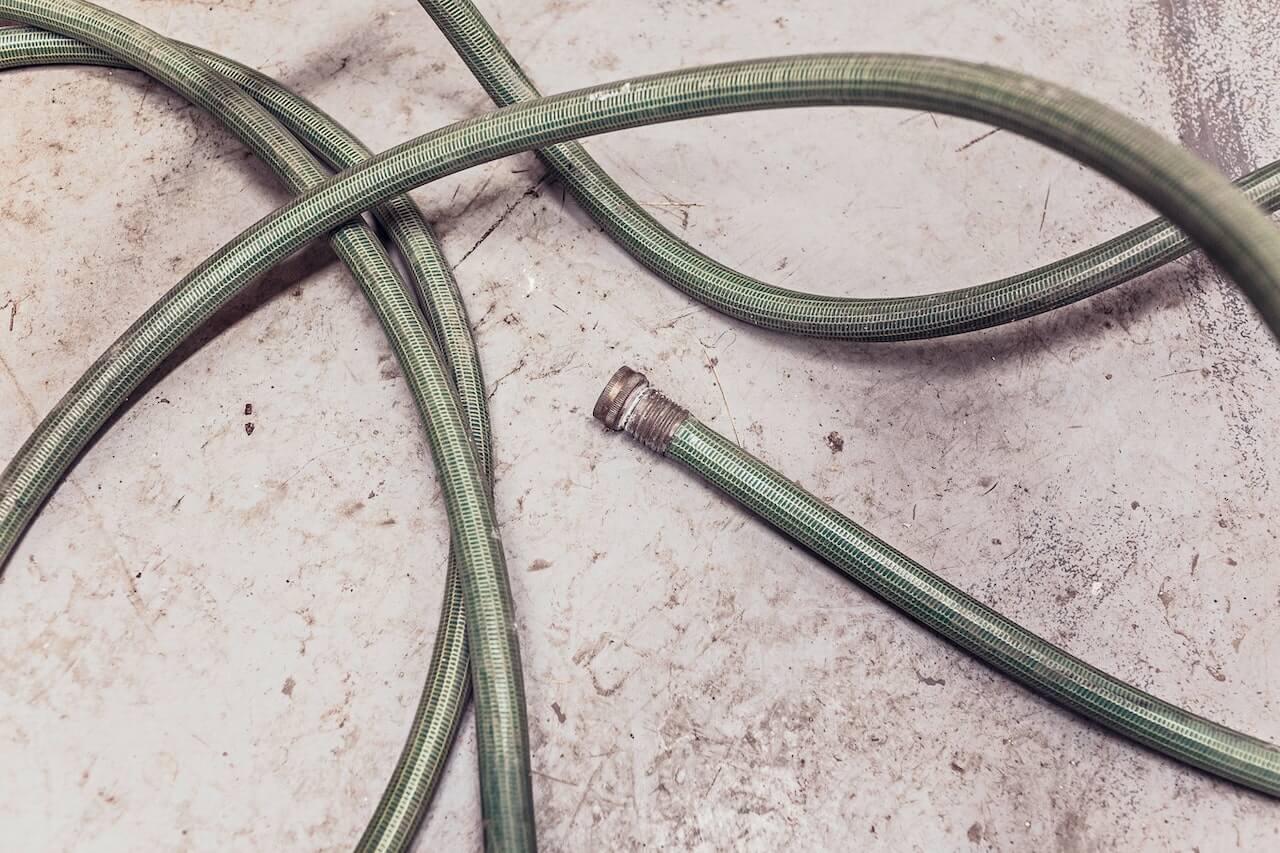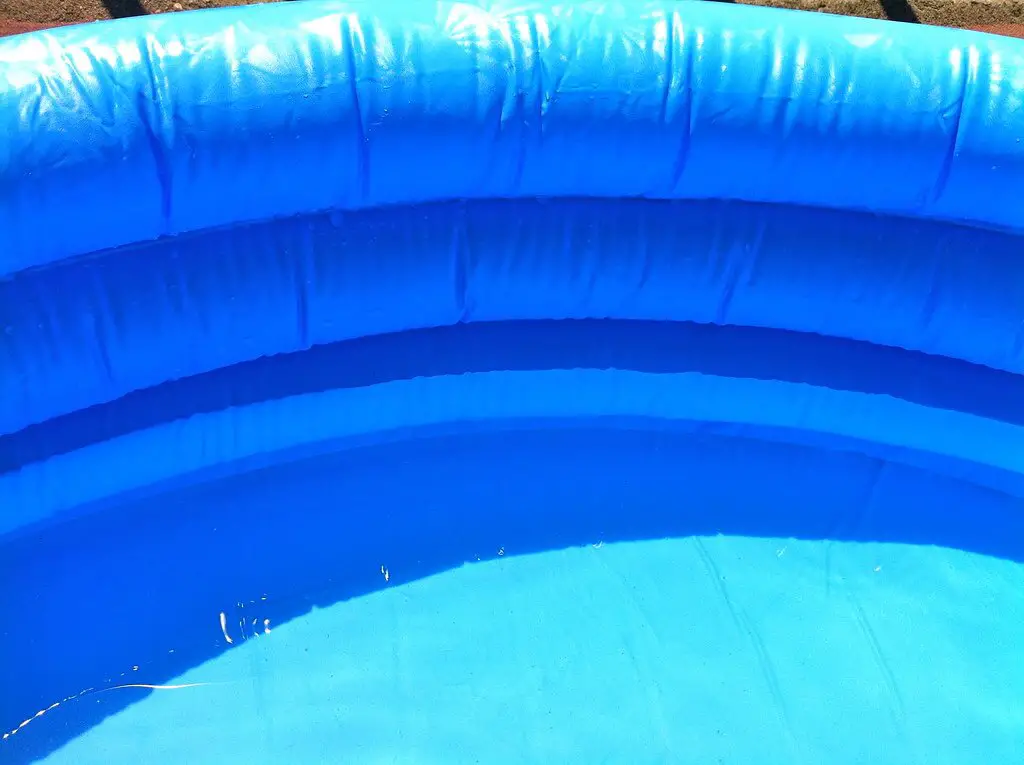Having an inflatable pool in your backyard provides endless fun and relaxation for you and your family. However, periodically draining and refilling the pool is necessary to prevent algae growth and maintain proper water chemistry. From using drain plugs to siphoning water with a garden hose, there are various ways to drain an inflatable pool without the need for a pump.
Draining an inflatable pool is an essential task to maintain the water quality and ensure a clean swimming environment. If you’re unsure about the best methods to empty your pool, this article will guide you through the process.
Why Drain an Inflatable Pool
Maintaining good water quality in your inflatable pool is essential for various reasons. First, regularly draining and replenishing the water helps eliminate bacteria, algae, and other contaminants that may accumulate over time. This ensures a clean and healthy environment for you and your family while enjoying the pool.
Another reason to drain your pool is to prevent damage caused by chemicals or debris. For instance, when chlorine and other pool chemicals build up in the water, it could lead to damage to the pool lining or cause discomfort to swimmers. By draining your inflatable pool every few weeks, you can effectively manage the chemical levels and prolong the lifespan of your pool.
Draining your pool also helps maintain optimal water balance, as imbalanced water may cause harm to the swimmers’ skin or eyes. Moreover, draining water before winter or prolonged storage periods is vital to prevent damage caused by freezing temperatures or long-term exposure to stagnant water.
Lastly, draining an inflatable pool allows you to perform necessary maintenance and repairs, such as patching leaks or fixing any loose fittings. This ensures the pool remains safe and functional for all users.
Supplies Needed

Draining Equipment
To drain your inflatable pool effectively, you’ll need some essential draining equipment. One option is to use the drain plug that comes with most inflatable pools.
Another method is to use a sump pump or a pool cover pump. These pumps make the draining process faster and more convenient. If you don’t have a pump, you can also siphon the water using a garden hose.
Depending on your pool’s size and draining method, you might need some additional supplies, such as:
- A long garden hose with a valve
- Tarp to protect the surrounding area from water
- A bucket or container to collect the water while siphoning
Safety Gear
Draining an inflatable pool involves dealing with large amounts of potentially dirty water, and in some cases, chemicals, so it’s essential to have proper safety gear on hand. This will help protect you and avoid any accidents during the process. Some necessary safety gear includes:
- Non-slip gloves to maintain a solid grip on your tools
- Waterproof boots to keep your feet protected
- Protective goggles to safeguard your eyes against splashes
With the right draining equipment and safety gear, you’ll be well-prepared to tackle the task of draining your inflatable pool.
Draining the Pool
Draining an inflatable pool can be done without much hassle if you follow the right steps. In this section, you’ll learn how to locate the drain valve, set up the draining process, and monitor the drainage.
Locating the Drain Valve
First, you’ll need to find the drain valve on your inflatable pool. Most pools have a drain valve located on the outside of the pool near the bottom. It often looks like a plug or a cap, similar to those found on air mattresses or inflatable toys.
Setting Up the Draining Process
There are a few different methods you can use to drain your pool, depending on whether your pool has a drain plug, and if you’d like to recycle the water.
One option is to simply open the drain plug and let the water flow out. This can be a bit slow, but it’s very easy and requires little effort on your part.
If you’d like to have more control over where the water goes or if you want to use the water for other purposes, such as watering your lawn or garden, you can use a garden hose to siphon the water.
To set this up, connect the female end of the hose to a sprinkler or another water output. Place the other end of the hose into the pool, and let it sink to the bottom.
Once the hose is full of water, quickly disconnect the sprinkler end of the hose and lower it to a spot below the level of the pool. This will create a siphon effect, and water will begin to flow out of the pool and onto your lawn or garden.
Monitoring the Drainage
As the pool begins to drain, keep an eye on the water level to ensure the process is going smoothly. If you’re siphoning water, you may need to adjust the hose placement as the water level drops.
Be careful where you are draining the water so that it is not causing damage to your yard or any nearby structures.
Some places you can drain your pool water are:
- A sewer cleanout or septic system
- The lawn or garden, as long as the water won’t cause any damage or pooling
- A utility sink or bathtub, if the amount of water is small enough to do so safely
- A pool drainage service, which can dispose of the water properly
If you added chemicals to your water, you should first dilute the water with freshwater so that it does not have such high concentrations of chlorine which can kill your grass.
Ensure that the water does not flow into storm drains, creeks, or any other environmentally-sensitive areas.
Furthermore, it’s essential to closely monitor the draining process, as water can flow faster than anticipated, potentially causing issues for your yard.
Be prepared to stop the draining when necessary, such as if water-related issues arise or if you need to move the hose to a new location in the pool.
Draining the Last Few Inches of Water Left
If you’re siphoning the water out with a garden hose, you may find that it starts to lose effectiveness once the majority of the water has been drained out. There are a few ways you can clean up the last little bit of water:
- Use a wet/dry vacuum: If there is only a small amount of water left, a wet/dry vacuum can be used to suck up the remaining water.
- Tilt the pool: If the pool is small enough, tilting it to one side can help drain the remaining water out.
- Use a sponge or towel: If there is only a small amount of water left, a sponge or towel can be used to absorb the remaining water.
A Tip for Faster Draining
If your pool is taking an unbearably long time to drain, you can try deflating the pool with some water still inside while gently encouraging water over the edges as they lower (as demonstrated in the video above). Be cautious to avoid tearing the pool during this process.
Cleaning and Folding the Pool
After draining the pool, unfortunately you’re not done yet. There is sure to be a bunch of gunk left behind which you should clean up before you store your pool away. Here’s how:
Removing Debris and Sludge
Begin by removing any debris, leaves, or dirt that may have accumulated in the pool. You can use a pool skimmer or a net to scoop out the larger particles. For smaller debris, consider using a fine mesh net or a pool vacuum.
Cleaning the Pool
Using a soft sponge or brush, scrub the sides and bottom of the pool with a mixture of warm water and mild detergent.
Pay special attention to any areas that may have mold or mildew. Then, rinse the pool thoroughly with clean water to remove any soap residue.
Your pool may look clean now, but let’s not leave anything to chance. There may still be harmful bacteria on its surface.
To get rid of it, use a pool disinfectant or a mixture of one part vinegar to three parts water and apply it on all surfaces.
Allow the disinfectant to sit on the surface of the pool for a few minutes to disinfect the inflatable pool before rinsing it off with clean water.
Drying the Pool
Once the pool is drained, it’s important to dry it thoroughly to prevent mold and mildew growth. Use a clean cloth or sponge to wipe down the sides and bottom of the pool.
If possible, leave the pool exposed to sunlight, as this will help speed up the drying process. To ensure all moisture is removed, you may also use a portable fan or a hairdryer on a cool setting, making sure not to damage the inflatable material.
Folding and Storage
Before folding, double-check for any remaining moisture, as this can lead to mold and mildew issues during storage.
Begin to deflate the pool by opening the air valves, and while doing so, press down on the pool to release trapped air.
Once fully deflated, gently fold the pool, starting from one end and moving towards the other. Make sure to avoid creases or wrinkles that could damage the material over time.
Fold in thirds or quarters, depending on the size of your pool. Once folded, place the pool in a dry, cool, and shaded area for storage.
Avoid storing the pool in direct sunlight or high temperatures, as this can cause the material to deteriorate faster.
If possible, store the pool in a storage bag or container to protect it from dust and debris. With proper storage, your inflatable pool can last for many summers of fun and relaxation.
Safety Precautions
Before you start draining your inflatable pool, it’s important to take safety precautions to ensure you’re not harming the environment or endangering yourself.
First, test the water for high chlorine levels or low pH levels. Refrain from draining water with these conditions, as they can harm your grass and the surrounding ecosystem.
Another thing to consider is the location where you are draining the water. Ensure that the water does not flow into storm drains, creeks, or any other environmentally-sensitive areas. Choose a location that can absorb the water and avoid causing potential flooding or damage to your property.
Be aware of electrical hazards when draining your pool. Keep power cords and electrical equipment away from the water. If you’re using a sump pump or a wet-vac to get those last few inches of water, make sure to use a ground fault circuit interrupter (GFCI) to prevent electrical shocks.
Never leave small children unattended around the pool, especially during the draining process. The water level may decrease rapidly, creating a dangerous situation for unsupervised kids. Also, be cautious when moving the pool after draining, as the inflatable structure could still be slippery.
Lastly, if the draining process involves using bleach or chemical-based cleaning solutions, wear gloves and goggles to protect your skin and eyes. Follow the instructions on the labels and make sure to properly dispose of the chemicals after use, in accordance with local regulations.
Sources:
- https://www.plumbercluster.com/how-to-drain-inflatable-pool/
- https://backyardsidekick.com/how-to-drain-an-inflatable-pool-quick-and-easy-tricks/
- https://blog.intheswim.com/how-to-winterize-or-store-an-intex-pool/
- https://inflatableblast.com/how-to-drain-an-inflatable-pool/
- http://www.backyardcitypools.com/Swimming-Pool-Blog/quickly-drain-your-inflatablecollapsible-pool/
Photo Credit: Studio Sarah Lou CC BY 2.0

